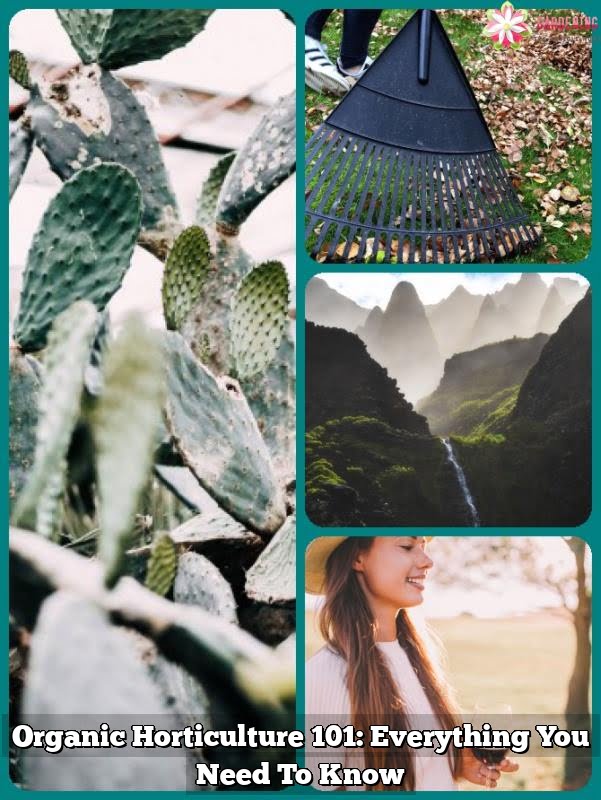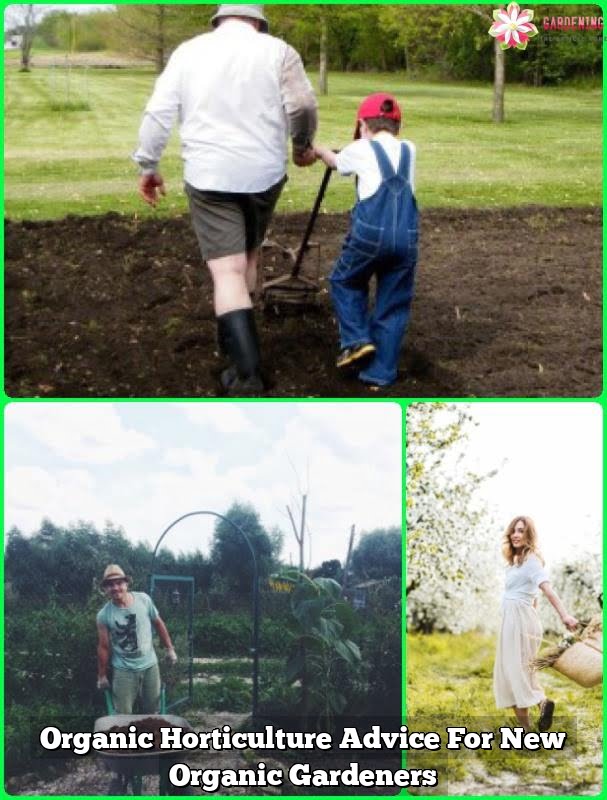Horticulture is often a lifelong passion, but if you put in a little study and a lot of practice, you can get started today. Now that you’ve read through these tips, you can hopefully be more knowledgeable about gardening, so you can get more from it.
Pre-soak seeds overnight in a dark area.This will hydrate your seeds hydrated and get a head start when growing. The seeds will be better chance of surviving and grow up.
You can also repel your pet by planting rosemary or mothballs.
Most vegetables that can be grown need that much sun in order to grow properly and quickly. This also benefit some of the flowers.
Moisture on the surfaces of your plants is a sure way to attract parasites and disease. Fungi is a common in the plant world. It is possible to control fungi with sprays, but it’s better to spray at-risk areas before fungi appear.
Plant with fall color. Maple trees are an autumn rainbow of crimsons to yellows, just like Beech and Dogwood trees. When selecting shrubs, try hydrangea, hydrangea, or cotoneaster.
Horticulture should be a relaxing hobby. There are many ways to seek personal comfort and peace. Gardening is easily one of the easiest ways to spend your extra time. It does however require a small monetary investment of money but has tremendous returns. The best return is the joy and growing your own.
It is essential to keep your knees when you are gardening. Many people can not bend over and working in the garden for long periods of time. Kneeling down on the ground is a preferred way to get to your plants while minimizing back pain. You can get a knee pad for gardening in order to protect your knees.
Preparing the soil for planting a perennial garden can be done quickly and without difficulty. Use a spade to dig into the turf, turn the turf over, and spread wood chips on top to a depth of four inches.Let the area sit for a fortnight, then begin digging into it and planting your new perennials.
Take the necessary time needed to plant your seeds. You need to start by moisturizing the soil. Bury them 3 times as deep in relation to the size that they are. Some seeds should not want to bury because they need light to grow.
Do you prefer to eliminate weeds in a natural way? Take newspapers and use them for weed control. Weeds require sunlight in order to grow. The layers of newspaper will block sunlight and weeds because they no longer receive any sunlight. Newspapers break down into compost nicely. You can add a mulch layer right on top for aesthetic reasons.
When you are growing seedlings in your organic garden, try ruffling seedlings using your hands or cardboard one or two times daily.While it seems a little odd, research has shown that this method can increase the size of your plants.
You can skip watering because of the way.
Botanical Insecticides
Research botanical insecticides that can help keep any pest population down. These natural insecticides can often be more effective than their chemically engineered counterparts. However, because botanical insecticides are biological, botanical insecticides often have very fast decay periods and disappear rapidly.
You need to know the correct way to create planting beds if you want to make beds correctly prior to beginning organic garden. You can make a bed by slicing underneath the turf using an appropriate tool. Once this is accomplished, turn it over and cover with about three to four inches of mulch. Leave it to settle for a few weeks and then you can plant.
Try making your organic garden in the shade. These gardens are low maintenance. They don’t require much watering, which saves a lot of work and time. While growth is a bit slower, there will be much less weeds to deal with.
When preparing to plant a shrub or tree in your garden, dig irregular holes with rough sides. If your hole has several “glazed” sides created by the shovel, it’s possible that one of those holes will restrict any root from getting into the soil nearby.
Use a mixture of 1 part ammonia with water to spray on snails. The ammonia is safe for your plants, and it will later convert to beneficial nitrogen. It will kill the snails and keep them from bringing harm to your flowers.Use the mixture every day for best results.
Water your plants with some rainwater to be more eco-friendly. Using a special rain barrel or other workable container to capture rainwater can save money on monthly water bills, but you are using a natural resource as well.This is a great alternative to spending your money on water bills and completely natural.
The ground will still be relatively warm as compared to the cold air, and the plants are stripped of their leaves, so they can concentrate their resources and energy into forming a strong root system to serve as their stable foundation.
There are some annuals that grow better in the colder temperatures. These plants can become a bit leggy and need to be trimmed if they are growing too much during these months. Annuals that are more hearty in cooler weather are petunias, petunias and dianthus.
You can start composting and make the organic fertilizer for fertilizing your garden. This is good for the environment, cut down on your trash output and increase your garden produce.
Companion Plants
Use companion plants within your organic garden. A lot of a neighboring plants when they are paired together. These companion plants repel pests and enrich the soil, and make pesticides and fertilizers unnecessary.
If you’re having a problem with aphids in your garden, a solution of soapy water is all you need.
This isn’t as horrible as you thought, is it? Just like anything else in life there is much to learn when it comes to gardening. The hardest part is finding a place to start. The tips you have found above should help you do just that!

Welcome to my blog about home and family. This blog is a place where I will share my thoughts, ideas, and experiences related to these important topics. I am a stay-at-home mom with two young children. I hope you enjoy reading it! and may find some helpful tips and ideas that will make your home and family life even better!





